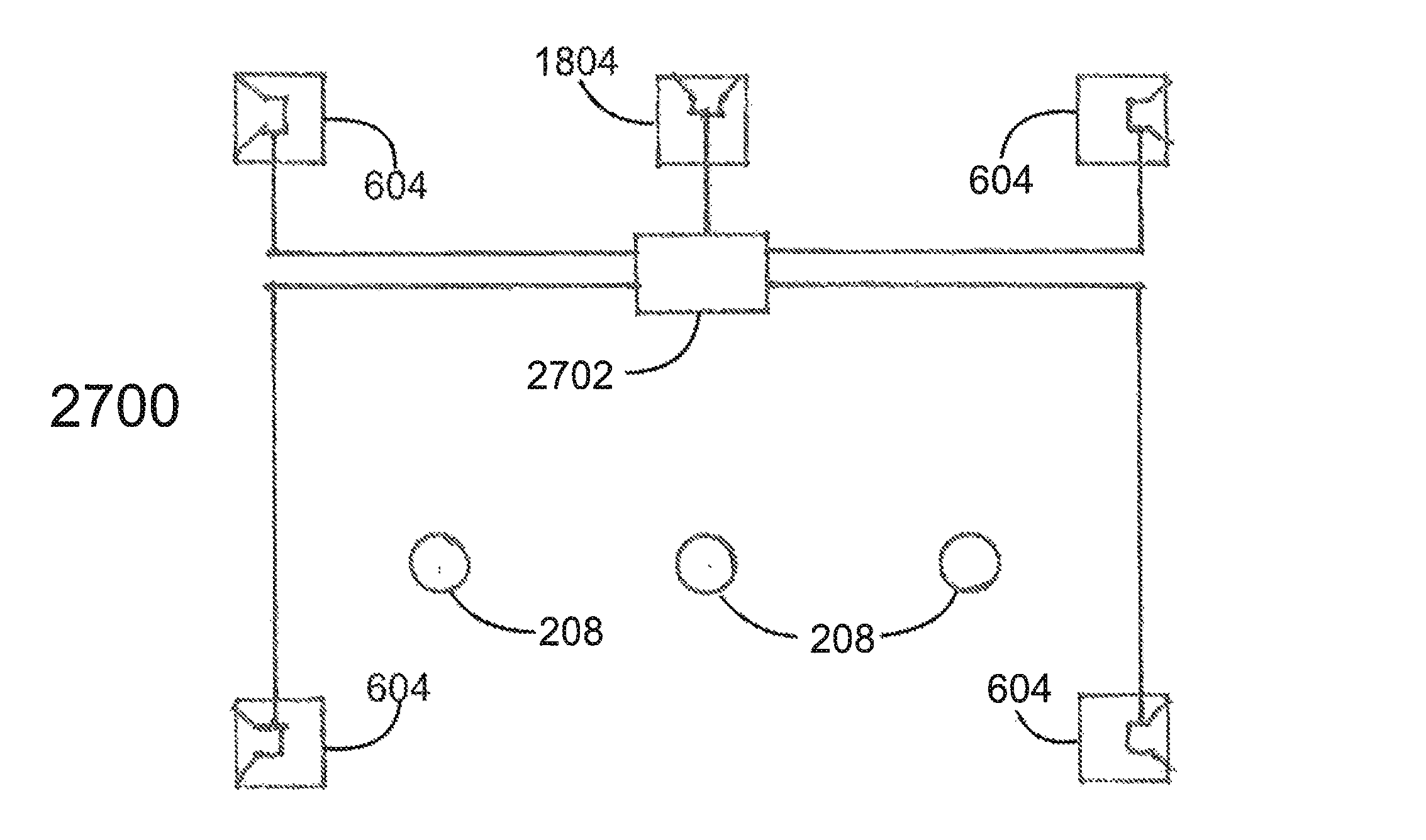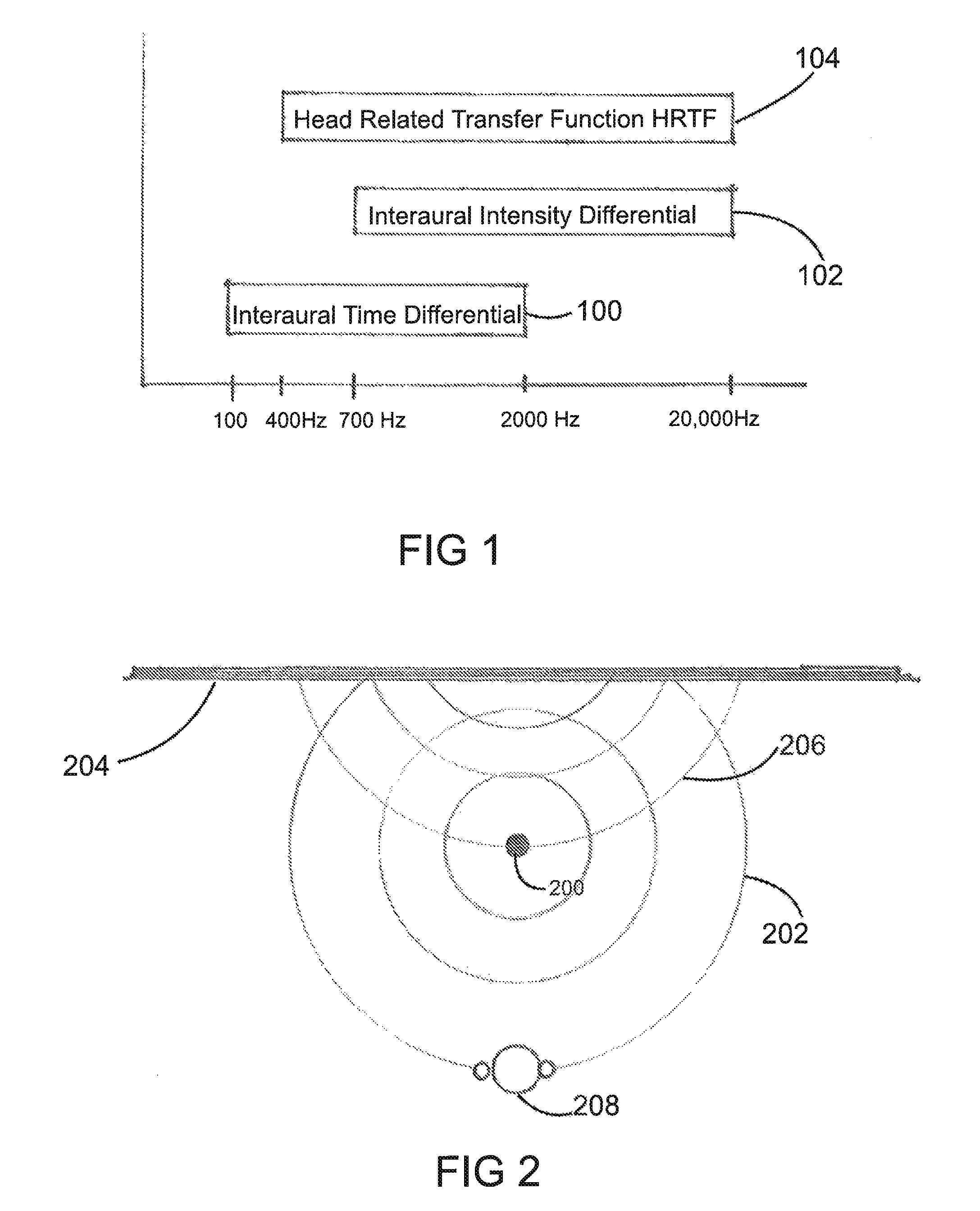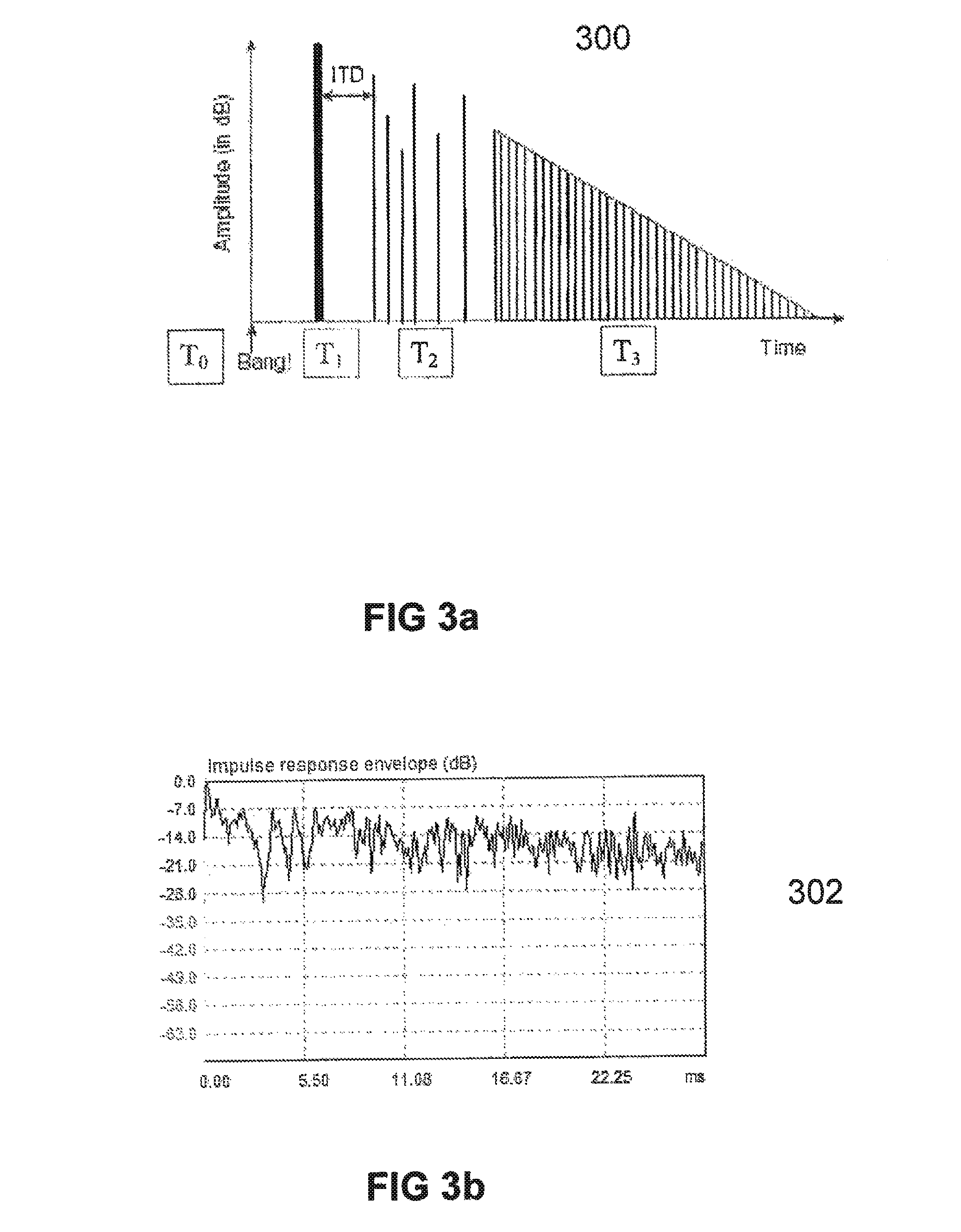Reduced acoustic signature loudspeaker (RSL)
a loudspeaker and acoustic signature technology, applied in the direction of transducer details, stereophonic arrangments, electrical transducers, etc., can solve the problem of not being able to hear the loudspeaker-generated cues, and achieve the effect of reducing listener fatigue and great clarity
- Summary
- Abstract
- Description
- Claims
- Application Information
AI Technical Summary
Benefits of technology
Problems solved by technology
Method used
Image
Examples
Embodiment Construction
[0097]In accordance with various embodiments, a Reduced Signature Loudspeaker (RSL) addresses each of the primary localization cues that enable the human sense of hearing to localize a conventional loudspeaker. While RSL's can be implemented in many variations to best perform their desired function, there are two fundamental categories or orders that can be defined. The basic design provides sufficient reduction in the sonic signature of the speaker to improve realism. This simple form addresses Interaural Intensity Differential (IID) and Head Related Transfer Function (HRTF) cues but does not address Interaural Time Differential (ITD) cues, since they can be minimized in certain applications without additional components. This type is referred to herein as a First Order RSL. To further reduce a loudspeaker's signature, ITD cues are addressed; this version is referred to herein as a Second Order RSL. The various RSLs become acoustically transparent to the listener, allowing the cues...
PUM
 Login to View More
Login to View More Abstract
Description
Claims
Application Information
 Login to View More
Login to View More - R&D
- Intellectual Property
- Life Sciences
- Materials
- Tech Scout
- Unparalleled Data Quality
- Higher Quality Content
- 60% Fewer Hallucinations
Browse by: Latest US Patents, China's latest patents, Technical Efficacy Thesaurus, Application Domain, Technology Topic, Popular Technical Reports.
© 2025 PatSnap. All rights reserved.Legal|Privacy policy|Modern Slavery Act Transparency Statement|Sitemap|About US| Contact US: help@patsnap.com



